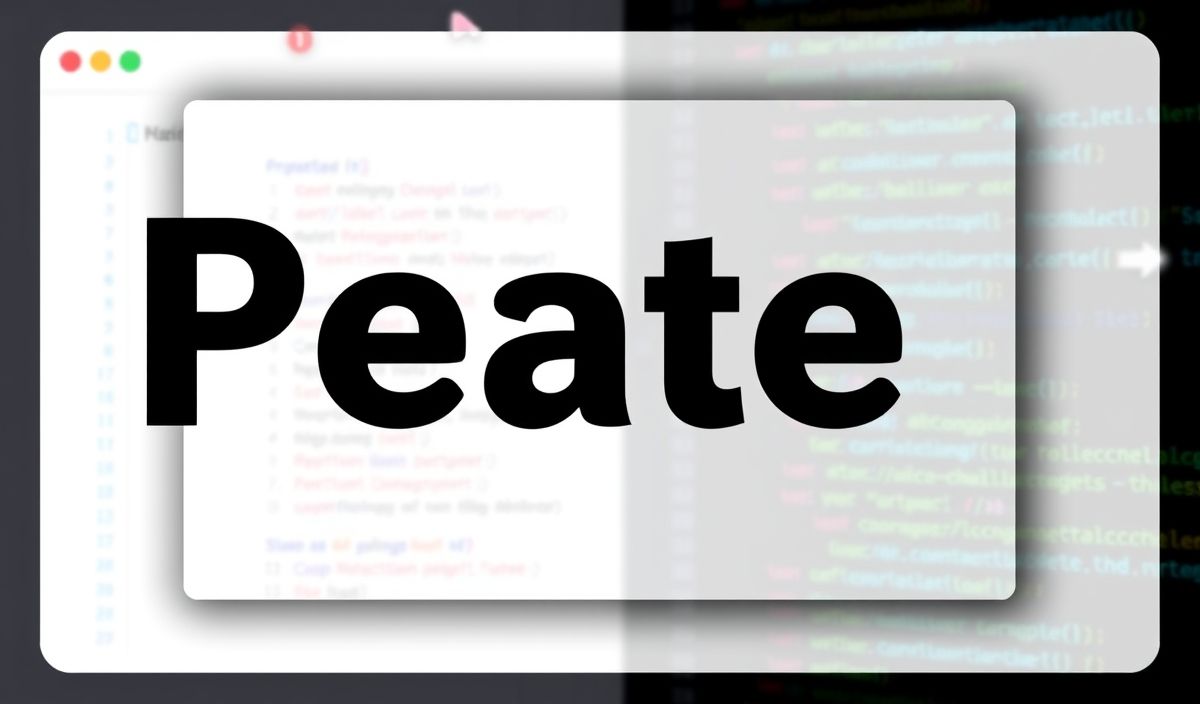Introduction to Add-Values
The add-values API is a versatile tool designed to facilitate the addition of values to various data structures, making data manipulation efficient and straightforward. Whether you’re looking to enhance lists, objects, or even complex nested structures, this API has got you covered. In this guide, we’ll dive deep into the numerous functionalities offered by the add-values API, complete with illustrative code snippets. Furthermore, we’ll build a sample application to demonstrate the practical applications of these APIs.
Basic Usage of Add-Values
Adding Values to an Array
const addValues = require('add-values'); let myArray = [1, 2, 3]; myArray = addValues(myArray, [4, 5]); console.log(myArray); // Output: [1, 2, 3, 4, 5]
Adding Values to an Object
const addValues = require('add-values'); let myObject = { a: 1, b: 2 }; myObject = addValues(myObject, { c: 3 }); console.log(myObject); // Output: { a: 1, b: 2, c: 3 }
Adding Multiple Values at Once
const addValues = require('add-values'); let myArray = [1, 2]; myArray = addValues(myArray, [3, 4, 5]); console.log(myArray); // Output: [1, 2, 3, 4, 5]
Advanced Uses of Add-Values
Adding to Nested Structures
const addValues = require('add-values'); let nestedObject = { a: { b: 1 } }; nestedObject = addValues(nestedObject, { a: { c: 2 } }); console.log(nestedObject); // Output: { a: { b: 1, c: 2 } }
Handling Duplicate Values
const addValues = require('add-values'); let uniqueArray = [1, 2, 3]; uniqueArray = addValues(uniqueArray, 3, { unique: true }); console.log(uniqueArray); // Output: [1, 2, 3] uniqueArray = addValues(uniqueArray, 4, { unique: true }); console.log(uniqueArray); // Output: [1, 2, 3, 4]
Using Add-Values in a Web App
Let’s build a simple web application that demonstrates the practical use of the add-values API. We’ll create a to-do list application where users can add tasks, and each task will be added to an existing list of tasks.
<!DOCTYPE html> <html> <head>
<title>To-Do List</title>
</head> <body>
<h1>To-Do List</h1>
<input type="text" id="taskInput" placeholder="Enter new task">
<button onclick="addTask()">Add Task</button>
<ul id="taskList"></ul>
</body> <script src="path/to/add-values.js"></script> <script>
let tasks = [];
function addTask() {
const taskInput = document.getElementById('taskInput').value;
tasks = addValues(tasks, [taskInput]);
document.getElementById('taskInput').value = '';
renderTasks();
}
function renderTasks() {
const taskList = document.getElementById('taskList');
taskList.innerHTML = '';
tasks.forEach(task => {
const li = document.createElement('li');
li.textContent = task;
taskList.appendChild(li);
});
}
</script> </html>
This application allows users to consistently add tasks to their to-do list, showcasing the power and simplicity of the add-values API in a real-world context.
Conclusion
The add-values API is a robust tool for adding values to various data structures. From simple arrays and objects to complex nested structures, this API makes the task seamless and efficient. By leveraging this API, you can enhance your data manipulation capabilities, making your applications more dynamic and responsive.
Hash: 4415b623ccee2cf14cf2bc9f728d2d4be2ab8e03014c985be07f449ed1f4af7f




